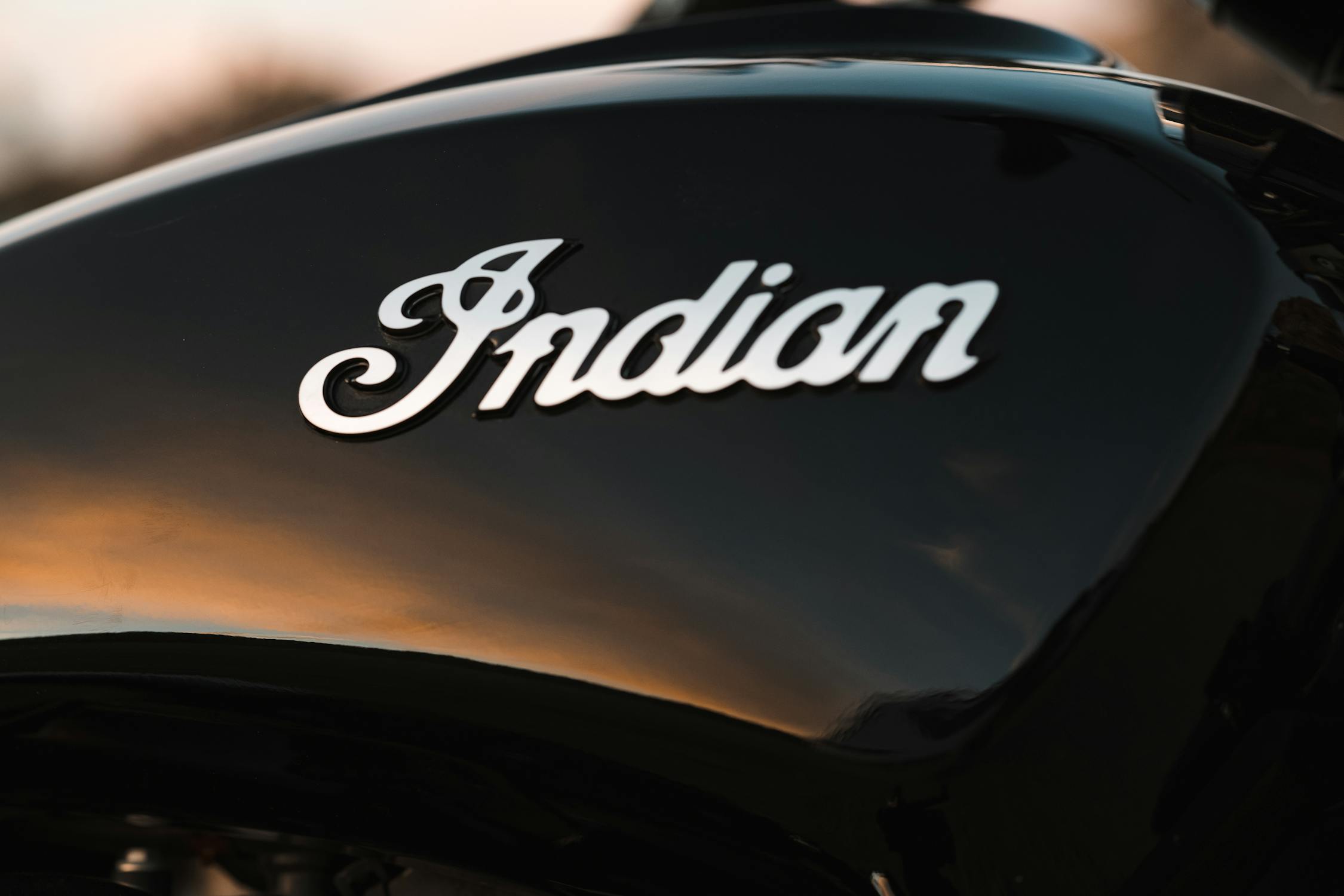The Founders of Indian Motorcycles

The birth of Indian Motorcycles is a fascinating tale of ingenuity, ambition, and the relentless pursuit of innovation. As one of America's oldest motorcycle manufacturers, Indian Motorcycles holds a unique place in the annals of motorcycling history. The company's inception can be traced back to the early 20th century, a period that saw many technological advancements and the rise of motorized vehicles.
Indian Motorcycles was founded by two visionary entrepreneurs: George M. Hendee and Carl Oscar Hedstrom. Both men brought their unique talents and perspectives to the table, resulting in a partnership that would revolutionize the motorcycle industry. Their combined efforts led to the creation of some of the most iconic and enduring motorcycles ever made.
Understanding the journey of Hendee and Hedstrom provides valuable insights into the origins and growth of Indian Motorcycles. Their story is not just about building a successful company; it's about passion, creativity, and overcoming challenges. By delving into their backgrounds and contributions, we can appreciate how they shaped the world of motorcycling as we know it today.
George M. Hendee: The Visionary Businessman
George Mallory Hendee was born on October 2, 1866, in Watertown, Connecticut. He initially gained fame as a champion bicycle racer, which gave him valuable experience in the world of competitive cycling and mechanics. In 1892, Hendee founded the Hendee Manufacturing Company, which produced bicycles under the "Silver King" and "Silver Queen" brands.
Hendee's transition from bicycles to motorcycles was driven by his desire to explore new horizons and capitalize on emerging technologies. He recognized the potential for motorized bicycles and began seeking partners who could help bring his vision to life. This led him to Carl Oscar Hedstrom, a talented engineer with a passion for innovation.
Carl Oscar Hedstrom: The Engineering Genius
Carl Oscar Hedstrom was born on October 12, 1871, in Lönneberga Parish, Sweden. His family immigrated to America when he was nine years old, settling in Brooklyn, New York. From a young age, Hedstrom displayed a keen interest in mechanics and engineering, eventually becoming an accomplished bicycle racer and designer.
In 1899, Hedstrom built a motorized bicycle that caught Hendee's attention. Impressed by Hedstrom's engineering prowess, Hendee proposed a partnership to create motorcycles under the Hendee Manufacturing Company banner. Hedstrom agreed, and together they embarked on a journey that would forever change the landscape of motorcycling.
The Birth of Indian Motorcycles
In 1901, Hendee and Hedstrom unveiled their first motorcycle under the brand name "Indian." This initial model featured a single-cylinder engine designed by Hedstrom himself. The motorcycle quickly gained popularity due to its reliability and performance, setting the stage for Indian's future success.
The early years of Indian Motorcycles were marked by rapid innovation and expansion. Hendee focused on business development and marketing while Hedstrom continued to refine and improve their motorcycle designs. Their complementary skills proved invaluable as they navigated the challenges of a growing industry.
| Year | Milestone |
|---|---|
| 1901 | First Indian Motorcycle introduced |
| 1903 | First V-twin engine developed |
| 1911 | Indian wins Isle of Man TT Race |
| 1920 | Introduction of Scout model |
| 1940 | Introduction of Chief model |
Pioneering Innovations
One of Indian's most significant contributions to motorcycling was the development of the V-twin engine in 1903. This powerful engine design became a hallmark of Indian motorcycles and set them apart from competitors. The V-twin engine provided superior performance and reliability, cementing Indian's reputation as an industry leader.
In addition to engine innovations, Indian Motorcycles also introduced several other advancements. These included improved suspension systems, more efficient carburetors, and innovative transmission designs. Each new development contributed to making Indian motorcycles more reliable, comfortable, and enjoyable to ride.
The Racing Legacy
Racing played a crucial role in establishing Indian's reputation for performance and reliability. The company's motorcycles achieved numerous victories in prestigious races around the world. One notable achievement was winning the Isle of Man TT Race in 1911 with an entirely Indian team.
This racing success not only boosted Indian's brand image but also provided valuable data for improving their production models. Lessons learned on the racetrack were applied to commercial motorcycles, ensuring that every rider could benefit from cutting-edge technology.
The Impact on Motorcycle Culture
The influence of Indian Motorcycles extends beyond just technological advancements; it also shaped motorcycle culture itself. The brand became synonymous with freedom, adventure, and rugged individuality—values that resonate with riders even today.
Indian's iconic models like the Scout and Chief have become cultural symbols recognized worldwide. These motorcycles are celebrated not only for their engineering excellence but also for their aesthetic appeal and timeless design.
A Legacy That Endures
The story of George M. Hendee and Carl Oscar Hedstrom is one of visionaries who dared to dream big and brought those dreams to life through hard work and innovation. Their legacy lives on through Indian Motorcycles—a brand that continues to inspire new generations of riders.
Today, Indian Motorcycles remains committed to its founders' principles by pushing boundaries in design and performance while honoring its rich heritage. As riders take to roads across America on modern Indians equipped with state-of-the-art technology combined with classic styling elements reminiscent of early models—they carry forward this remarkable legacy started over a century ago by two extraordinary individuals whose passion changed motorcycling forever.